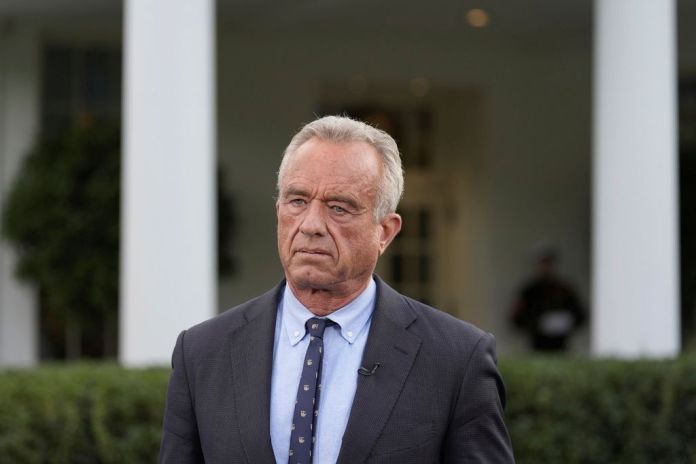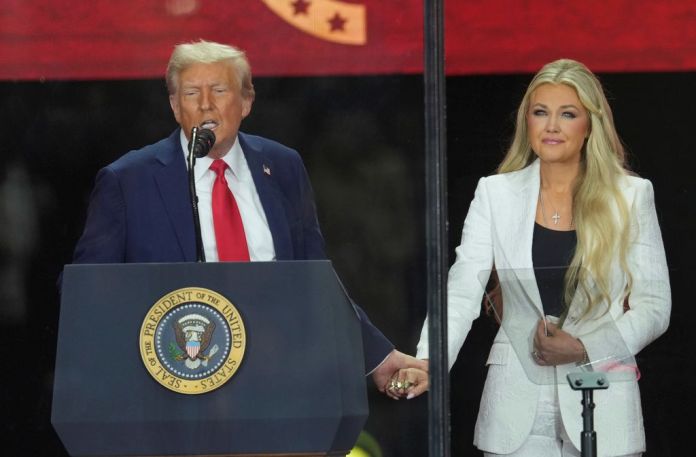Trump Admin to Announce Plan to Win ‘the Second Space Race’ by Building a Nuclear Reactor on the Moon
The Trump management is accelerating its space exploration initiatives by planning to build a nuclear reactor on the moon. Acting NASA Administrator and Transportation Secretary Sean Duffy has directed NASA to advance this project, aiming to deploy a 100-kilowatt nuclear reactor on the lunar surface by 2030. The move is driven by concerns over competition with Russia and China, who are also interested in lunar power generation, particularly in the moon’s south polar region. The reactor would provide a stable power source, overcoming the limitation of the moon’s long cycles of sunlight and darkness that make solar energy unreliable. NASA is tasked with quickly appointing a project leader and issuing requests for proposals, emphasizing the importance of this technology for supporting a future lunar economy, enabling human missions to Mars, and strengthening U.S. national security in space. The initiative is part of a broader strategy to win the “second space race” and establish a lasting presence on the moon as a stepping stone to Mars exploration.
The Trump administration is putting its space exploration plans in high gear, with a plan to build a nuclear reactor on the moon.
Transportation Secretary Sean Duffy, who is also the acting NASA administrator, put the plan in motion with a directive to the space agency, according to Politico.
The first country with a reactor could “declare a keep-out zone which would significantly inhibit the United States,” the directive said, indicating concerns about a joint project between Russia and China to get there first.
“It is about winning the second space race,” an unnamed NASA senior official said.
NEW: Transportation Secretary Sean Duffy is set to announce plans to build a nuclear reactor on the moon, according to Politico.
According to new documents, the United States will be announcing expedited plans for the project.
NASA is hoping to launch a nuclear reactor by… pic.twitter.com/Zi4AjDml2Z
— Collin Rugg (@CollinRugg) August 4, 2025
The directive calls for a 100 kilowatt nuclear reactor to be sent to the moon by 2030.
“To properly advance this critical technology to be able to support a future lunar economy, high power energy generation on Mars, and to strengthen our national security in space, it is imperative the agency move quickly,” Duffy wrote, according to The New York Times.
NASA has been ordered by Duffy to name a project leader within 30 days and issue a request for proposals from potential bidders within 60 days.
The Times noted that the moon’s cycle of two weeks of light and two weeks of darkness means solar power is not feasible.
Acting NASA chief Sean Duffy to announce plans for building nuclear reactor on the moon https://t.co/WAqU7INcD8 pic.twitter.com/1UopMs90pJ
— New York Post (@nypost) August 4, 2025
China, Russia, and the U.S. are currently looking at the south polar region as a place for generating power.
In 2022, NASA spent $15 million on research of how smaller nuclear reactors could be built on the moon.
“Fission surface power (FSP) is both an essential and sustainable segment of the lunar and Mars power architectures for future human space exploration missions,” the directive said, according to Fox News.
“To properly advance this critical technology to be able to support a future lunar economy, high power energy generation on Mars, and to strengthen our national security in space, it is imperative the agency move quickly,” Duffy wrote.
“There are very specific areas of the moon that are critical that who gets there first gets to plant their flag,” Duffy has said. “We know the Chinese want to get there, as well, so speed is of the essence.”
Duffy has said that NASA’s Artemis program will put Americans back on the moon.
“We’re going to set up a base camp,” Duffy said. “And what we learn on the moon is going to take us to Mars.”
Advertise with The Western Journal and reach millions of highly engaged readers, while supporting our work. Advertise Today.
" Conservative News Daily does not always share or support the views and opinions expressed here; they are just those of the writer."




